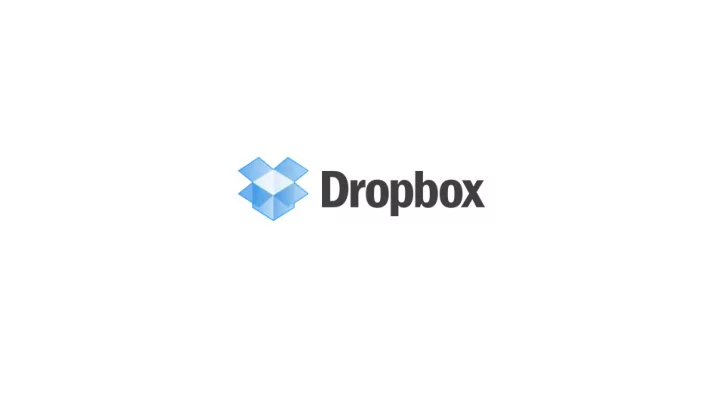

It will break! Leonid Movsesyan, Dropbox
Hierarchy of needs
4 easy steps • Build your hierarchy of needs • Put together your assumptions about the each layer • Run regular disaster recovery testing (DRT) as close to reality as possible • Adjust them constantly to reflect the changes
Search engine example
Optimize for metrics that you care about
Treat your DRTs how you treat your unit tests
How to design a good DRT? • For every action in your design ask yourself ‘What if?’ • We’ll use S3 to store our data: what if S3 availability zone go down? • We’ll run credit card processing using this 3 rd party vendor: what if it times out? • We’ll store the metadata in MySQL: what if MySQL master will die? • Go with this question as deep as possible and use ’what if?’ scenarios as a DRT
Power outage
Power will fail
Diesel generators may not start
You’ll run out of diesel sooner than you expect
Avoid the consequences • Split the servers by groups based on the hierarchy of needs • Create automation that will allow to power off the top of the hierarchy first • Test this automation regularly as well as your diesel generators
Network outage
Never expect networks you don’t control to be reliable
Never expect you switches on all the levels of your network to be always available
Expect the network to fail slowly
Network testing • Use DRTs to fine tune timeouts • Imitate multiple types of network issues • Failover every network device in your own topology
Pro tip: Use switch failover as an opportunity to upgrade the firmware
Wishful thinking
Cloud vendors • Expect your cloud instance to fail • Expect you cloud stored data to get lost or corrupted • Expect to lose network connectivity to your cloud provider • Expect cloud providers to lose the whole region
Try not to over-engineer
Don ’ t forget about human error
Avoid any manual operations and runbooks in places where the mistake can not be tolerable
Analyze and group you outages • Structure the root causes of the outages • Analyze times to detect, diagnose and recover • Group outages to identify the patterns
Questions?
Recommend
More recommend